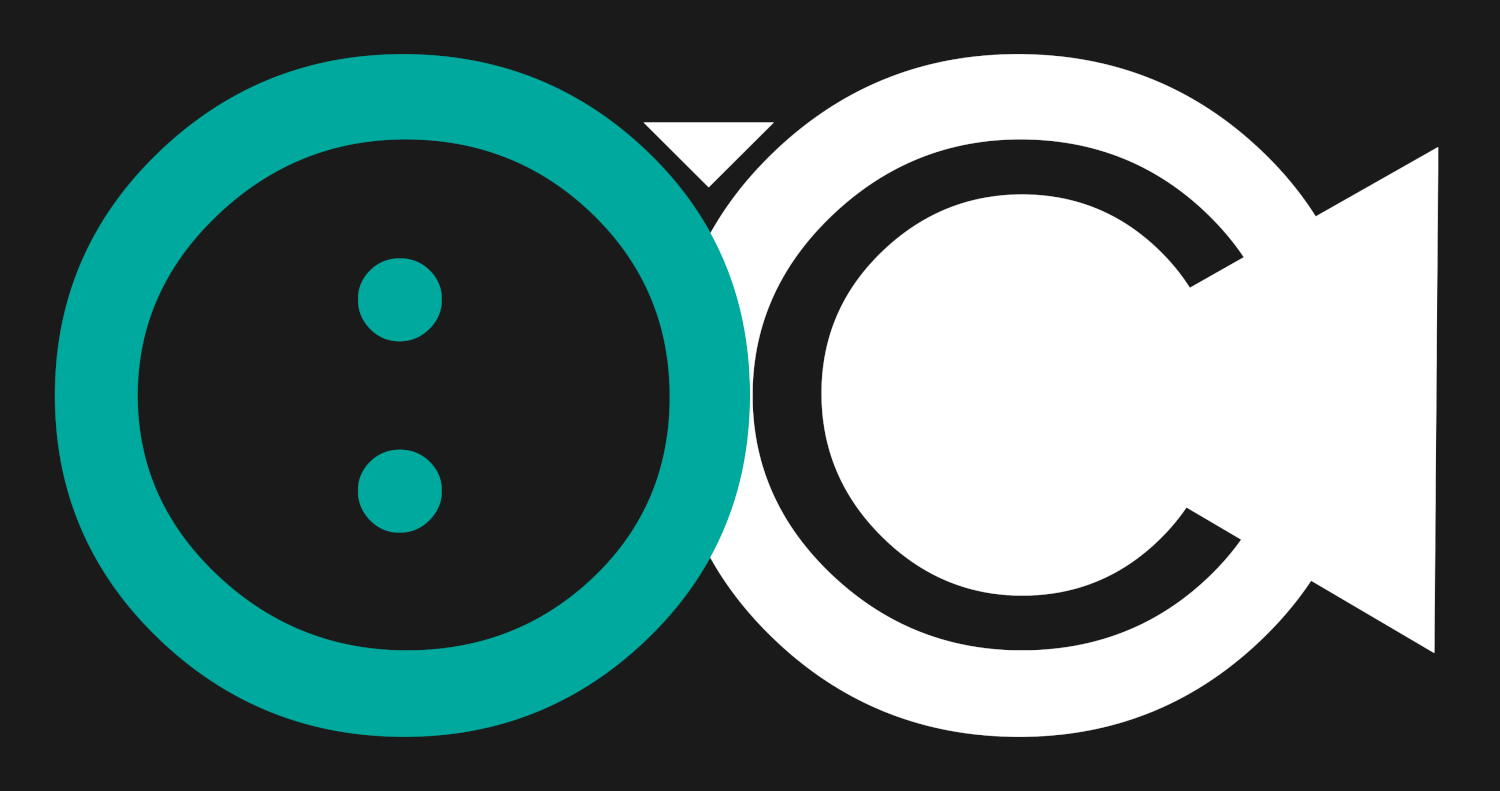




KANRAXËL
THE CONFLUENCE OF AGNACK
KANRAXËL
THE CONFLUENCE OF AGNACK
A UNIQUE DOCUMENTARY ABOUT LINGUISTIC AND CULTURAL DIVERSITY IN A SETTING TOO OFTEN PORTRAYED AS TRIBAL, ISOLATED AND UNDERDEVELOPED.
Agnack is a place where both rivers and people converge in the most stunning of ways – a place where it is considered perfectly normal to speak a minimum of six languages. For the first time in history the people of Agnack allowed cameras to film as they prepare for an unforgettable event that gives a visually enticing record of local religion, focused on honouring the ancestors. As every single aspect of life in Agnack and the wider region, the anniversary of death celebrations with which the film culminates are thickly multilingual and testifiy of the interconnectedness and cosmopolitanism of this area, where diversity and multilingualism are centuries old.
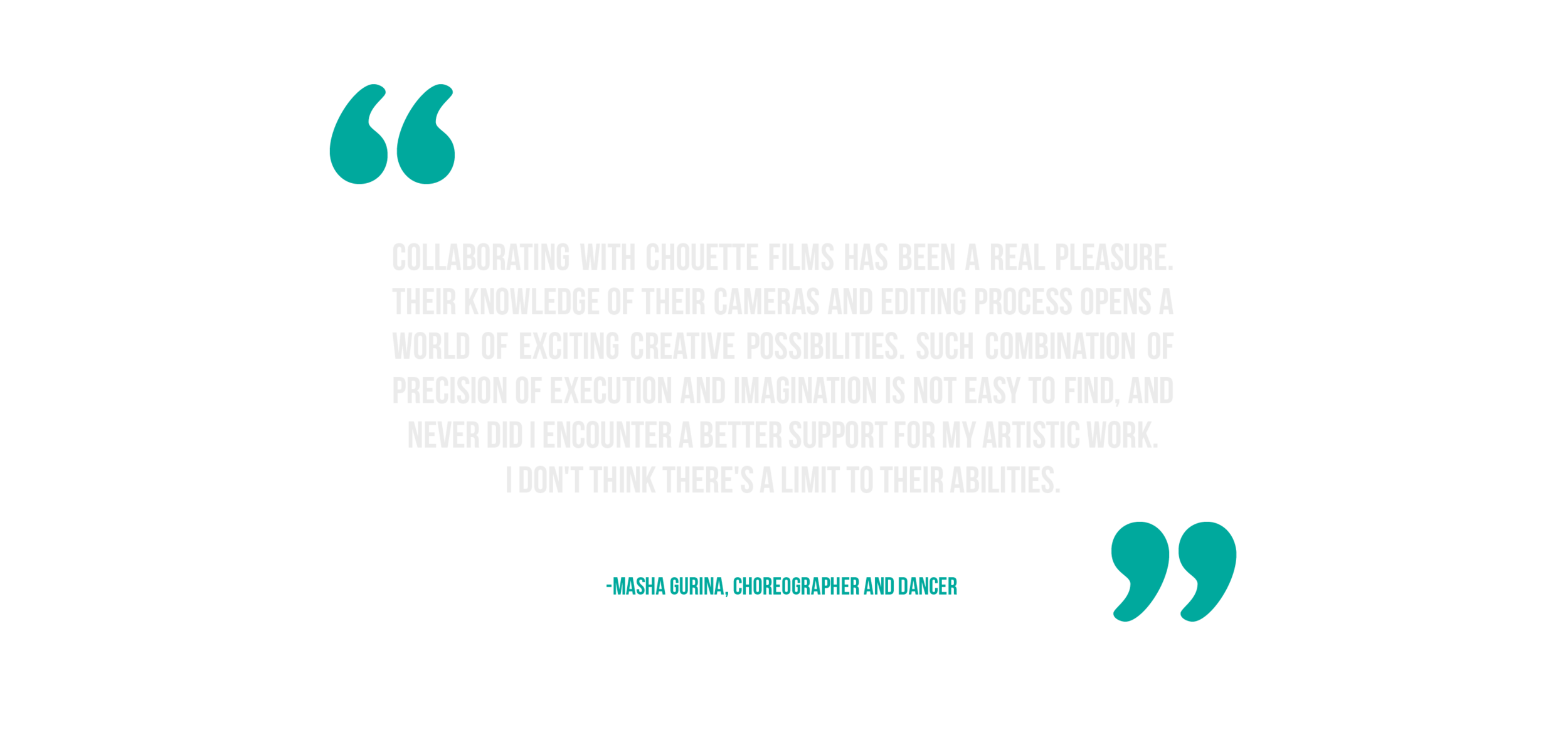
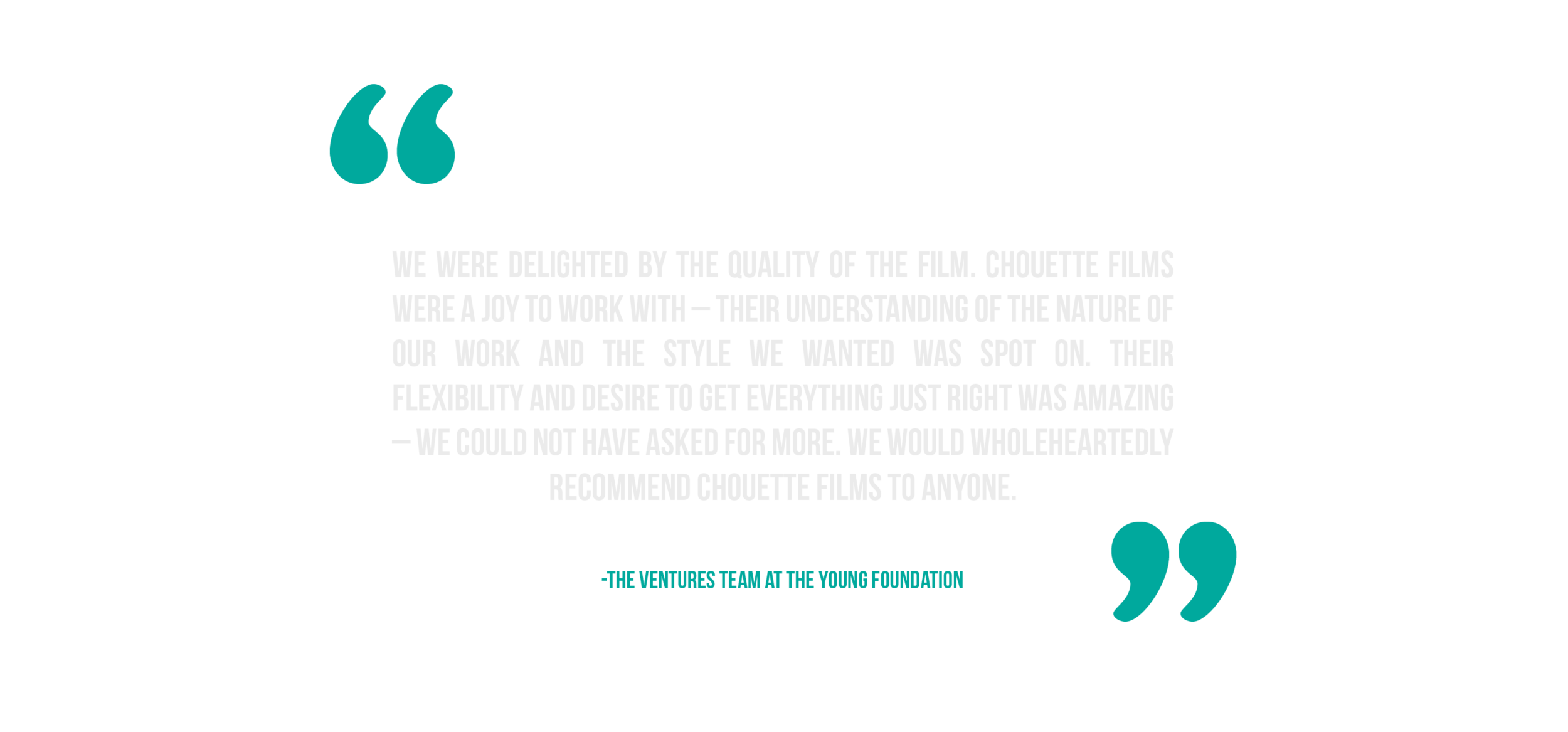
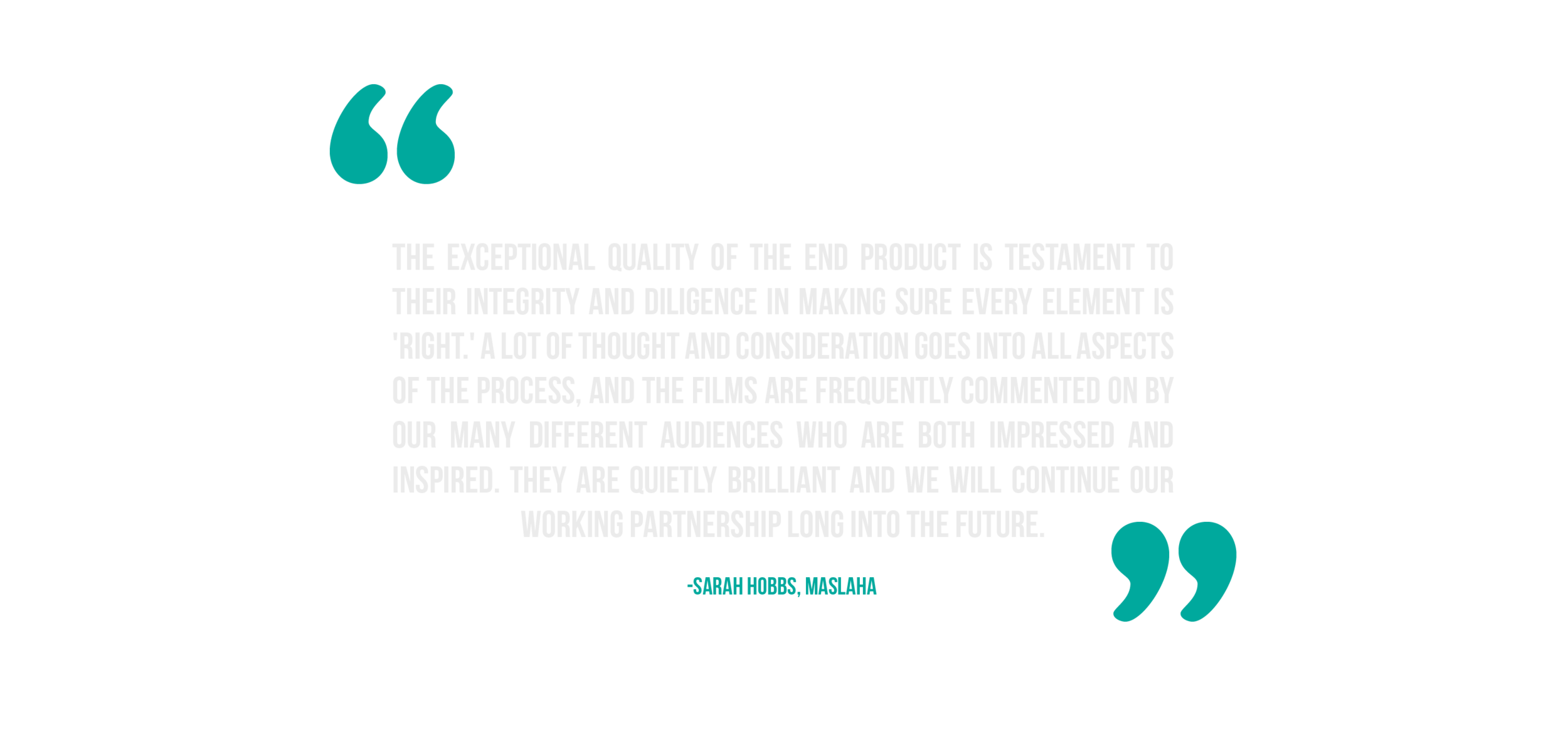
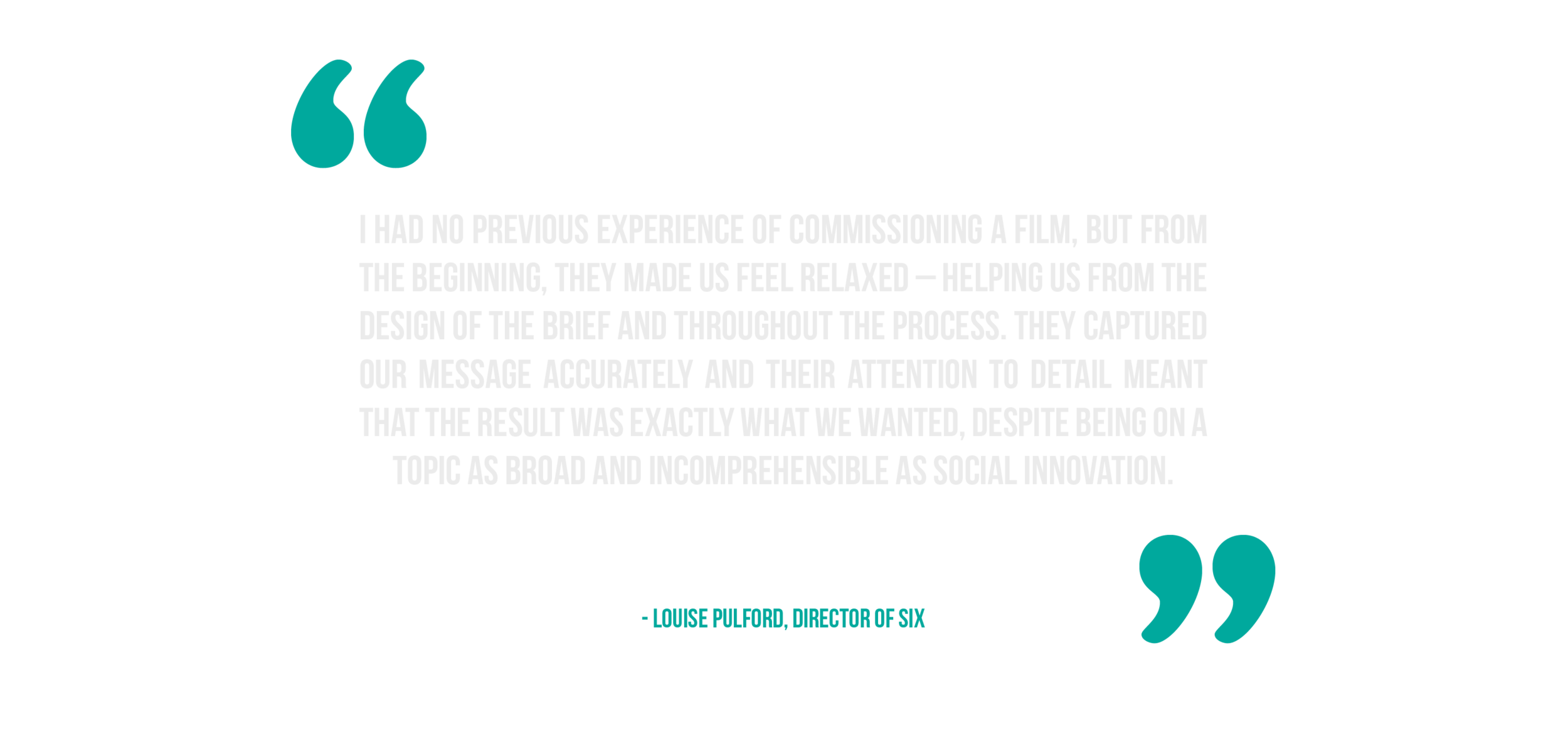
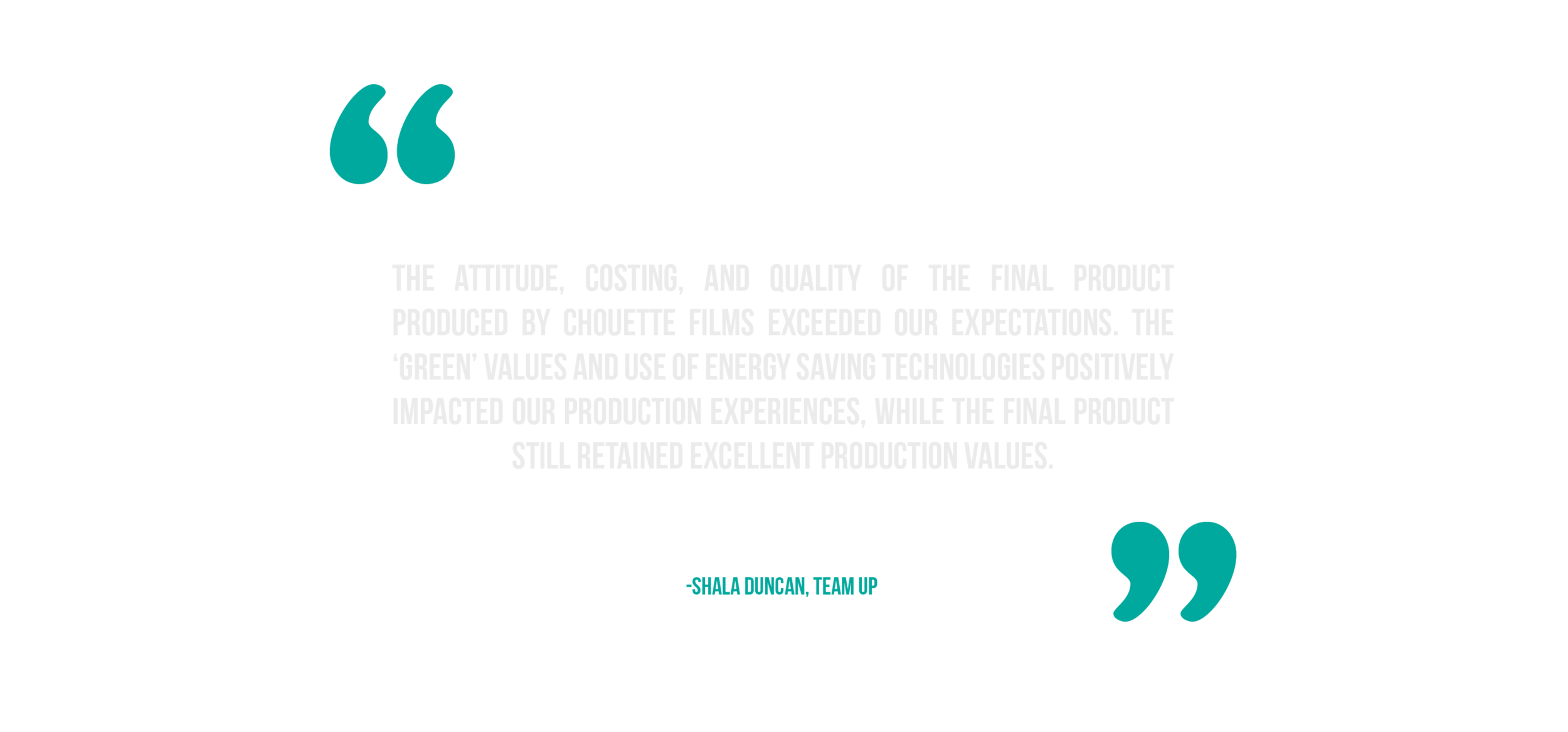
WATCH THE FILM
VOD FOR PERSONAL USE
Purchase your own copy or stream from anywhere in the world on your mobile device, tablet or tv through Vimeo on demand.
* Audiences from the Global South may request a discount code of 70%
HOST A PUBLIC SCREENING
Request a copy of the film for public screenings or educational purposes by emailing Royal Anthropological Institute film@therai.org.uk * All profits made from the sale of this film through RAI will go to the association of the inhabitants of Agnack Grand
THE FILM
The film takes place in the beautiful and small village of Agnack Grand in Casamance, Senegal. Casamance, a region of meandering rivers and wetlands, also happens to possess like many places in Africa an extraordinary richness of cultural and linguistic diversity. Agnack is a place where both rivers and people converge in the most stunning of ways – a place where it is considered perfectly normal to speak a minimum of six languages.
With this extraordinary (for Westerners) linguistic and cultural diversity in mind, the film tells the story of the people of Agnack as they laboriously prepare for a once in a lifetime event – an event that gathers relatives from near and far for days of eating, drinking, dancing and sacrifice in celebration of the village’s late leader.
+ WHY IS THIS FILM IMPORTANT?
- 'KANRAXËL - THE CONFLUENCE OF AGNACK' is unique because it focuses not on yet another ‘problem story’ from Africa, but on one of the region's greatest resources. The film has huge potential to convey a wonderful and widely unknown aspect of many African societies: the successful management of linguistic and cultural diversity, despite the fact that this region of the world is known elsewhere largely for its deficiencies.
Multilingualism and diversity are concepts generally associated with modern urbanization and globalization. Centuries-old ways of managing cultural and linguistic diversity in so-called “traditional” and rural societies, on the other hand, hardly touch the public mind. This is especially true for African societies that are often depicted as backwards, underdeveloped, and uneducated - an incredibly ironic characterisation in the face of so-called “uneducated” villagers often speaking four, five, or even six languages fluently (something hardly any Western graduate could master).
There is almost no research, let alone outreach or creative material, on rural African multilingualism. This film therefore represents a unique cultural and creative resource, conveying aspects of diversity and multilingualism in Africa which do not generally figure in the mind of general audiences and researchers alike. In a setting too often portrayed as homogeneous or “tribal”, this film shows that cultural and linguistic diversity can act as a valuable resource, rather than as a source of tension or conflict.
The tolerance and diversity management shown in the film bears great relevance to a wider audience, especially in today’s era of globalization. By conveying this unique and stunning example, the film has great potential not only to entertain but to take these important topics to a wider audience, including the general public as a whole, but also minority community members, language endangerment researchers, teachers and policymakers specifically. It can also provide inspiring models to language management and teaching elsewhere, and help people more generally rethink the way they view multiculturalism, including for example the way bilingual schoolchildren are perceived and dealt with.
From an anthropological perspective, the film will also be a priceless resource for offering insight into intimate aspects of local cultura and daily life. The ceremony shown in the film and the rituals associated with it are surrounded by such guarded mystery that even many locals are excluded from seeing what goes on 'behind the scenes', with only a select trusted few from the community chosen to protect it. What is equally striking is that this is the first time this type of event has been filmed, apart from the filming of a theatrical version performed in the 1980s for the ‘Day of Baïnounk Culture’ at a culture centre in the regional capital Ziguinchor. Yet, thanks to Dr Friederike Lüpke's trusted long term relationship with the community, our crew was lucky enough to have the privilege of being welcomed into the community to film the event in real life for the first time ever! This film not only can be of great interest to viewers around the world, but is therefore especially valuable to the inhabitants of Agnack themselves.

KANRAXËL
THE PROJECT
KANRAXËL
THE PROJECT
BRINGING MULTILINGUALISM IN RURAL AFRICA TO CLASSROOMS WORLDWIDE
A film embedded in research
Kanraxël is a film created as part of the AHRC Collaborative Skills Development Scheme “Skills development for language research and teaching in a multilingual world”. This scheme brought together students from three universities with multilingualism researchers, and, crucially for the creation of Kanraxël, some of them with multilingual places and people at Friederike Lüpke’s field site in the Casamance area of Southern Senegal. There, she had been conducting research on Baïnounk languages since 2010 in an interdisciplinary team, funded by the DoBeS programme of the German VW foundation. This project was, as is still the case for most language documentation projects, focussed on the initial description and documentation of individual languages conceptualised as the languages of village-based communities. Soon, the two linguists on the DoBeS project, Friederike and Alexander Cobbinah, and Rachel Watson, who conducted research on a Joola language close-by, started realising that these villages, that were often presented as places “having” one language, were hotbeds of multilingualism.
Their growing interest in this often invisible multilingualism that is not modern, urban and globalised, but reaches far back into the past of the Frontier societies in this area, resulted initially in a book co-authored by Friederike and her colleague Anne Storch, Repertoires and Choices in African languages, in which they explore causes and patterns of multilingualism and fluidity of repertoires on the African continent and reflect on ways to approach them. For Friederike, this book was her conceptual foundation for follow-up research in the area that has as its explicit focus the interdisciplinary documentation of multilingualism in several sites in Casamance. She obtained funding from the Leverhulme Trust for a collaborative and intersdisciplinary Research Leadership Award project “At the Crossroads – investigating the unexplored side of multilingualism” from January 2014 to December 2018.
MAKING RURAL MULTILINGUALISM VISIBLE
Like the research of the Crossroads team, the creation of Kanraxël was motivated by the desire to make multilingualism in Casamance visible, and to celebrate multilingualism and diversity at large. Since most of the languages used in Agnack, the village portrayed in the film, are not used in the linguistic landscape, this turned out to be quite a challenge, not only requiring innovative ways of making up to eight languages out of the many spoken in the film visible for viewers, but also demanding immense collaboration around story boarding and scene selection between the filmmakers at Chouette Films and the main consultant, transcriber and translator,
Alpha Naby Mane: most of the scenes were completely inaccessible to Western team members who spoke at best one or two of the languages used in Agnack. Remigiusz Sowa, the director and Anna Sowa, the producer, had a mere three weeks as part of the AHRC Collaborative Skills Development Scheme “Skills development for language research and teaching in a multilingual world” to film the documentary. Only the combination of rare skill sets and the existence of a strong rapport between research participants, researchers and filmmakers made it possible to see this ambitious project through.
+ CONTINUE READING
- Everybody benefitted from Alpha’s skills in language documentation: as a transcriber and research assistant, he was well versed in the annotation software ELAN used by linguists for the time-aligned transcription and annotation of audiovisual language data and brought this expertise to the film project. The filmmakers from Chouette films, in turn, were able to build on the trust created through the longstanding relationship of Friederike and her colleagues with inhabitants of Agnack, and on the familiarity they had with presence of a camcorder. Rethinking language documentation methodology, Friederike had started filming spontaneous interactions (rather than more ‘scripted’ elicitations or staged events) in all households of Agnack in 2012, a method described in this paper. Finally, Chouette Films had honed their filmmaking approach in a setting where they had to know how to anticipate an action and minimise the disruptive effect of their presence. This enabled them to film with such sensitivity and vibrancy that the smells and colours radiate from the screen. Read more about their methodology described here.
The result of this collaboration convinced academic audiences and enchanted viewers around the world. In 2015, the film won the AHRC research in film award in the category “Best film produced by a researcher or research team in the last year”. The jury’s verdict states: this is “a beautifully filmed and scripted film… a highly sophisticated film, beautifully shot, cut, and recorded, which conveys the nature of multilingual life in the village very effectively indeed.”
CHANGING THE WAYS IN WHICH MULTILINGUALISM IS PERCEIVED AND TAUGHT
Places like Agnack, of which there are many in rural Africa and worldwide, defy common conceptualisations of multilingualism. There is a widespread conception of multilingualism as a modern phenomenon widespread in urban areas and associated with growing mobility and migration in an era of globalization. Kanraxël offers viewers from everywhere the rare opportunity to become directly immersed in versatile multilingual practices in a tiny village in Senegal that invite us to shed these stereotypical expectations on what multilingualism is and what it means to speak several languages. Places like Agnack also invite us to see multilingualism as a resource, not as a problem, and to reflect on our own repertoires.
With this motivation, we present two sets of teaching materials developed around the film. Each module or sessions is supported by clips from the film. One set is aimed at university students which has been created by Miriam Weidl and Samantha Goodchild, two team members of the Crossroads-Project who conduct sociolinguistic research in this multilingual area. The university teaching materials consists of five modules that focus on different topics that can be used independently from each other. They focus on language policies in multilingual contexts, methods for sociolinguistic data collection, linguistic repertoires, language use in different spheres and language ideologies and attitudes. Each of the modules is composed of a students and a teachers manual with different exercises, topic related readings, essay and assignment questions.
The second set has been developed for UK secondary school students at Key Stages 3, 4 and 5, but can be integrated in any secondary school syllabus worldwide. A set of lessons, conceived by Neela Doležalová, a teacher and writer, has a wide thematic scope across four subjects: Languages (including MFL), Geography, Economics and PSHE. Three lessons focus on multilingualism and introduce the causes and benefits of multilingualism as well as patterns of multilingual language use. Another set of lessons use scenes for an economics lesson on supply and demand, a geography or economics lesson on the impact of infrastructure projects, and a final geography or PSHE lesson on migration. A set of suggested essay questions based on the entire film cover a wider set of subject areas at Key Stage 5: Languages/Linguistics, Geography, Sociology, RS and Philosophy, Economics, History and Media Studies.
Places like Agnack remain at the margin, not only of globalisation, but also of mainstream perception. Yet, they have important stories to tell us, and can illustrate many global settings where small-scale or rural multilingualism exists. We hope that these materials will contribute to making these sites of diversity and resilience accessible and visible worldwide, and that they will result in changing the ways in which multilingualism is covered in school and university curricula.
All the teaching materials are available free of charge on this website. You can access one module or lesson without registering. If you want to use more than one module or lesson, we ask you to register on our site, because we would like to know who is using our resources, and we would like to occasionally send you a short user survey to get your feedback.
LET US KNOW WHAT YOU THINK
We would love to hear from you! Have you used the teaching materials for schools or universities? If yes, please take a minute and tell us about your experience
THE TEAM BEHIND KANRAXËL TEACHING RESOURCES

UNIVERSITY
TEACHING RESOURCES
UNIVERSITY
TEACHING RESOURCES
INTRODUCTION AND BACKGROUND INFORMATION
The teaching materials presented here were created based around Kanraxël, an ‘ethnofiction’ documentary about multilingualism in a village in the Casamance. The Casamance is a highly multilingual area in the south of Senegal, West Africa. Using extracts from the film, the teaching materials explore various aspects of multilingualism, including education in multilingual settings, methods for multilingual research and linguistic repertoire, among others. (here) They are aimed at university students of undergraduate and master level; they could of course be adapted to suit the students’ progression in their studies. The modules combine topics for discussion based around the clips, practical exercises, suggested readings and possible essay questions that encourage students to conduct their own research projects with their own data, drawing together various themes from across the modules.
The modules have been designed to not require viewing the whole film, which can be acquired here, although it is of course highly recommended. The following is a general introduction to the research setting and the context in which the documentary was made. It contains background information on Agnack Grand, the village depicted in the film, and various factors, which nurture multilingualism in the Casamance within the wider Senegalese context. It is therefore recommended reading by all instructors and students. We leave the decision when to provide the students with the following information to the instructors depending on the class, the exercise chosen and the level of the students.
The materials are divided up into different themes. Although scheduling a viewing time for the whole film for students is recommended, if this is not possible, then the materials have been designed to be used exclusively with the accompanying clips from the film. The clips either exemplify a theme, for example education in a multilingual setting or provide a springboard for critical examination as in the methods class. All of the materials follow a similar layout to aid the instructor and are called Instructor’s Manual. We also provide a Student’s Manual that follows the same layout and can be handed out in class. Each session contains: a brief introduction to the topic of the class and its broad aims; learning objectives; a list of suggested readings; suggested class exercises which may be topics for discussion, guided viewing exercises or practical exercises. Suggested assignment and essay questions can be found in a separate document below, but structured as per the modules.
+ The modules
- Language Policies in Multilingual Education: (sample module) explores issues surrounding education and policy in post colonial multilingual settings which is complemented with a clip from the film
- Methods for Sociolinguistic (Video) Recordings : a basic introduction to fieldwork methods and the importance of video for researching multilingual situations including practical exercises (registered users only)
- Linguistic Repertoires: students learn about the concept of repertoire and the advantage of exploring participants’ linguistic biographies for describing language use, also includes practical exercises (registered users only)
- Language Use in Different Spheres: using clips and background information above, students will discuss official, patrimonial languages and languages of wider communication and critically consider the use of languages in different domains in multilingual settings (registered users only)
- Context-Dependent Language Use and Language Attitudes: bringing together themes from the previous sessions, students are asked to reflect critically on their own assumptions investigating language attitudes and how these affect language use in familiar and highly multilingual settings (registered users only)
ACCESSING MODULES
All university teaching materials are available free of charge. You can access a sample module without registering. However, if you would like to obtain full access to all the modules we would like to encourage you to register for free.
NEW USERS
*For new users please fill in the registration form. We shall not pass your personal data to any third party. However, we would like to occasionally send you a short user survey to get your feedback. Upon request you may remove your email from our contact list at any time.
REGISTERED USERS
*For registered users please use the password obtained upon registration.
The Context
Senegal is a multilingual country in West Africa, which gained independence from France in 1960, where French, the colonial language is still retained as the only official language of the country and is used as the main language in educational and institutional settings. There are also a number of languages which have the status of national languages, among them Wolof, Sereer, Pulaar, Mandinka, Joola, and Soninke. The Ethnologue currently lists Senegal as having 38 individual, living languages spoken by varying numbers of the population (Lewis et al. 2016). Wolof is the most widely spoken of all the languages in Senegal and is used as a language of wider communication being understood by over 90% of the population of 15.3 million people (Cissé 2005).
Senegal has a stable democratic system and is a predominantly Muslim country, where over 90% of people claim to adhere to Islam. There are, however, Christians present too, particularly in the area of the Casamance, discussed in more detail below, in addition to people who follow various local religions, any of which may be practised in a syncretic way. The film Kanraxël explores the multilingualism of one village in the Casamance, Agnack Grand, through the preparation and celebration of a traditional ceremony to mark a year since the death of the late village chief.
+ CONTINUE READING
- Exogynous marriage patterns, where women come from an outside group and marry into a community
- Language acquisition in peer groups and age classes
- Fostering
- Joking relationships and patronymic equivalences beyond ethnolinguistic boundaries
- Mobility and migration for ritual, religious, economic and educational purposes
- Agnack Grand is a village in the Casamance region of Senegal, which is located between the Gambia, a former British colony, and Guinea-Bissau a former Portuguese colony. The history of the area has contributed to its historical and present-day multilingualism where not only the official colonial languages of Senegal and the surrounding area have an impact on language use, but also the numerous languages of wider communication, local lingua francas and local languages, such as Baïnounk Gujaher, the patrimonial language of Agnack Grand. The patrimonial language being the language of identity of the founders of the village (see Lüpke 2016; the following information about Agnack Grand can be supplemented by reading Lüpke 2010; 2013a; 2013b among others). The village of 7 households is very diverse, and not only linguistically, it is not purely a “Baïnounk” village there is also a Joola family from Guinea-Bissau and the descendants of immigrants from Guinea. This, of course, has an impact on the linguistic diversity of Agnack Grand, where residents report on average between 6 and 8 languages in their repertoires, which are diverse according to a person’s life history.
Over 20 named languages are reportedly spoken in Agnack Grand, from different language families, among them the patrimonial language of the village, Baïnounk Gujaher; Wolof, the most widely spoken national language of Senegal; French, the ex-colonial official language of Senegal; Joola Fogny, a Joola language used across the Lower Casamance region; Casamance Creole, a Portuguese-based creole traditionally spoken in Ziguinchor and various surrounding villages including Agnack Grand and which was once the dominant lingua franca in Ziguinchor, the regional capital; and Mandinka, one of the most important languages in the Casamance, which is associated with (conversion to) Islam. Today’s diversity and linguistic diversity is not a new phenomenon with the area having a rich and complex history which coupled with the following factors all serve to nurture multilingualism between individuals and in and among communities, all of which are exemplified throughout the film Kanraxël, and some of which will also form part of the teaching materials:
(Lüpke & Storch 2013: 33
Many of the women in Agnack Grand come from a village in neighbouring Guinea-Bissau and speak Baïnounk Gugëcer, a related Baïnounk language to Gujaher, which adds to the complexity of language use and continues with exogynous marriage patterns. Children are often fostered to other family members in different villages or towns and thus when interacting with their peers in groups may bring a different linguistic repertoire and languages, which other children may learn in reciprocal language acquisition. Through the teaching materials we introduce some of these concepts such as linguistic repertoire, based on Agnack Grand and the film Kanraxël. They encourage a critical engagement and exploration of multilingualism, the implications of multilingual settings for education and methods for conducting research on multilingualism.
OVERALL INTRODUCTION AND CONTEXT
View or download the overall introduction and context PDF to the university teaching resources.
REFERENCE LIST
View or download the reference list for the university teaching resources.
SAMPLE MODULE: LANGUAGE POLICIES IN MULTILINGUAL EDUCATION
MODULE SUMMARY:
In this module, students will learn about language policies and education in multilingual settings. Using suggested video clip from the documentary Kanraxël as a springboard for reflections, students will discuss the impact of language policies in postcolonial countries, particularly with regards to language use in institutional context. The students will consider the advantages and disadvantages of multilingual vs. monolingual education systems.
INSTRUCTOR'S MANUAL
View or Download the Instructor's manual.
STUDENT'S MANUAL
View or Download the Student's manual.
VIDEO CLIP
-
Preview or download suggested video clip from KANRAXËL - The Confluence of Agnack
- *Please note that due to the file size downloading to mobile devices is not permitted.

SECONDARY SCHOOL
TEACHING RESOURCES
SECONDARY SCHOOL
TEACHING RESOURCES
The documentary Kanraxël is a rich resource for use in the classroom across different subject areas. Teachers should feel free to use the documentary as a resource in lessons and for extra-curricular activities. The ready-made resources provided here fit into two categories: lesson plans based on short clips from the documentary and suggested essays titles based on the entire documentary. There are six 60-minute lessons plans that are recommended for groups of students in Key Stage 3 (ages 12-14), Key Stage 4 (ages 15-16) and Key Stage 5 (ages 17-18). The subject areas covered by the Key Stage 3 and 4 lessons are Geography, MFL, PSHE and Economics. These lesson plans include the relevant film clips and all required resources. Each lesson plan indicates a suggested subject area and Key Stage(s) for relevance. However, teachers should use their own discretion in terms of lesson content and how the lessons could fit into their schemes of work.
The suggested essay titles are targeted at Key Stage 5 students who might want to extend their thinking, research and writing beyond the curriculum. The essay questions have been designed to both support A-Level content whilst also stretching students toward university level discussion. The subject areas covered by these lessons are Languages/Linguistics, Geography, Sociology, RS and Philosophy, Economics, History and Media Studies. Resources have been provided in both PDF and Word/PowerPoint formats to support ease of download and the ability to modify respectively.
+ The LESSONS
- Causes of Multilingualism (sample lesson)
- Languages and Data Collection (KS3) (sample lesson)
- Languages and Data Collection (KS4) (sample lesson)
- Benefits of Multilingualism (registered users only)
- Multilingualism and Code-switching (registered users only)
- Economic Analysis: Supply and Demand (registered users only)
- Infrastructure and Development (registered users only)
- Migration (registered users only)
- Key Stage 5 Essay Questions (registered users only)
ACCESSING LESSONS
All school teaching materials are available free of charge. You can access a sample lesson without registering. However, if you would like to obtain full access to all the lessons we would like to encourage you to register for free.
REGISTERED USERS
*For registered users please use the password obtained upon registration.
NEW USERS
LESSON: CAUSES OF MULTILINGUALISM
LESSON SUMMARY:
Students use a clip from the documentary ‘Kanraxël’ to explore why some people speak two or more languages. ‘Kanraxël’ is set in a multilingual village in Senegal. Students identify the varied reasons for multilingualism and apply this analysis to other contemporary case-studies.
SUBJECT AND KEY STAGE:
MFL (upper KS3, or KS4)
Geography (KS4)
LESSON PLAN
View or Download the Lesson Plan, Student's Worksheet and PowerPoint Presentation
VIDEO CLIP
-
Preview or download suggested video clip from KANRAXËL - The Confluence of Agnack
- *Please note that due to the file size downloading to mobile devices is not permitted.
LANGUAGES AND DATA COLLECTION (KS3)
LESSON SUMMARY:
Students use a clip from the documentary ‘Kanraxël’ to explore the meaning of the term ‘linguistic environment’. Students interpret data on French language use around the world, and design data collection methods to find out more about their own school’s linguistic environment.
SUBJECT AND KEY STAGE:
MFL (KS3)
Mathematics (KS3)
LESSON PLAN
View or Download the Lesson Plan, Student's Worksheet and PowerPoint Presentation
VIDEO CLIP
-
Preview or download suggested video clip from KANRAXËL - The Confluence of Agnack
- *Please note that due to the file size downloading to mobile devices is not permitted.
LANGUAGES AND DATA COLLECTION (KS4)
LESSON SUMMARY:
Students use a clip from the documentary ‘Kanraxël’ to explore the meaning of the term ‘linguistic environment’. Students interpret data on French language use around the world and design their own question on language use for the 2021 census.
SUBJECT AND KEY STAGE:
MFL (KS4)
Mathematics (KS4)
LESSON PLAN
View or Download the Lesson Plan, Student's Worksheet and PowerPoint Presentation
VIDEO CLIP
-
Preview or download suggested video clip from KANRAXËL - The Confluence of Agnack
- *Please note that due to the file size downloading to mobile devices is not permitted.
LET US KNOW WHAT YOU THINK
We would appreciate all feedback on any of these resources, and would encourage teachers to contact us.
